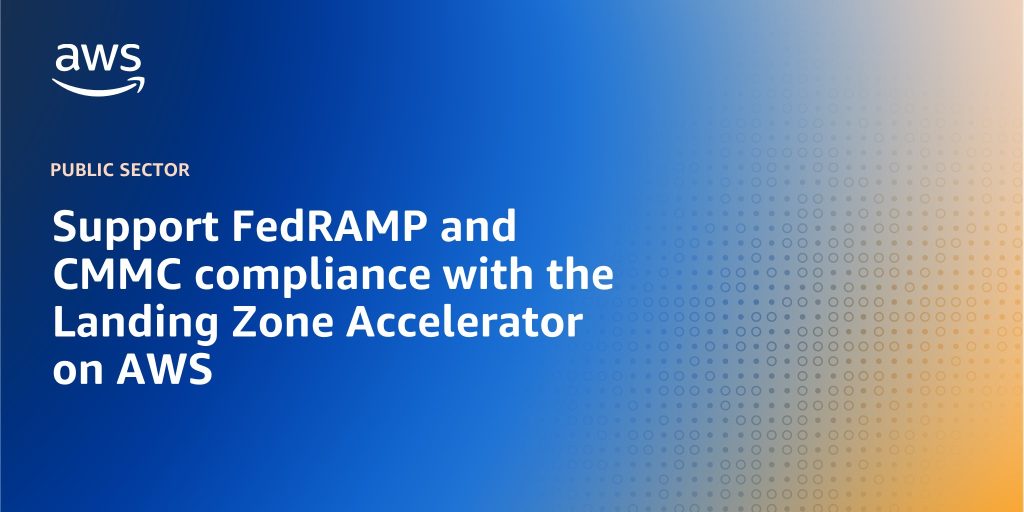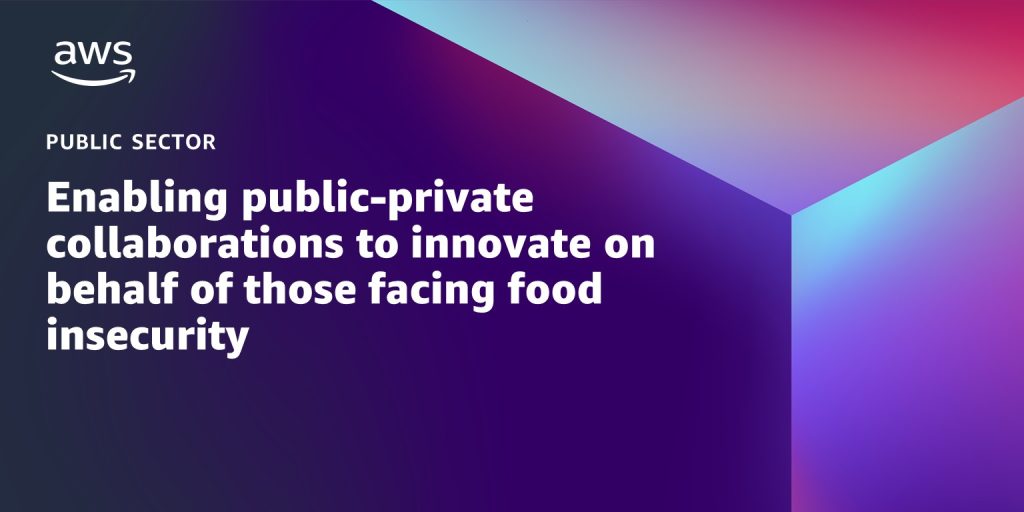AWS Public Sector Blog
Category: Architecture
Reimagining customer experience with AI-powered conversational service discovery
In this post, we will explore the use of generative artificial intelligence (AI) chatbots as a natural language alternative to the service catalog approach. We will present an Amazon Web Services (AWS) architecture pattern to deploy an AI chatbot that can understand user requests in natural language and provide interactive responses to user requests, directing them to the specific systems or services they are looking for. Chatbots simplify the content navigation and discovery process while improving the customer experience.
Use modular architecture for flexible and extensible RAG-based generative AI solutions
In this post, we cover an Amazon Web Services (AWS) Cloud infrastructure with a modular architecture that enables you to explore and take advantage of the benefits from different Retrieval-Augmented Generation (RAG)-based generative AI resources in a flexible way. This solution provides several benefits, along with faster time-to-market and shorter development cycles.
Idaho Controller modernizes back-office operations using AWS
Idaho deputy controller Josh Whitworth, who leads the state’s enterprise resource planning (ERP) modernization efforts, believes in looking beyond what legacy applications were designed to do decades ago to see the solutions of tomorrow. That view has helped Whitworth and his team transform Idaho’s back-office infrastructure and related processes. Read this blog post to learn how Amazon Web Services (AWS) helped Idaho modernize its ERP.
Meeting mission goals by modernizing data architecture with AWS
In this blog post, learn key AWS concepts and services that can help agencies modernize their cloud and data architecture. First, learn two fundamental concepts that agencies need to examine regardless of their technical approach. Then, discover the AWS services that enable agencies to apply these concepts to meet mission needs.
Building high-throughput satellite data downlink architectures with AWS Ground Station WideBand DigIF and Amphinicy Blink SDR
This blog summarizes some of the benefits of cloud-based ground segment architectures, and demonstrates how users can build a proof-of-concept using AWS Ground Station’s capability to transport and deliver Wideband Digital Intermediate Frequency (DigIF) data, along with the software-defined radio Blink, built by the AWS Partner Amphinicy.
Migrating and modernizing state WIC applications with AWS
Public health agencies know that modernizing their technology infrastructure is necessary to avoid disruptions to program operations and create new opportunities to serve their constituents. To this end, the Arizona Department of Health Services (AZDHS) migrated their Women, Infants and Children (WIC) solution to AWS to increase resiliency so essential services are available to WIC beneficiaries, and to provide a more seamless WIC program experience overall. This makes the State of Arizona the first in the nation to run their WIC program in a multi-Region cloud environment with robust disaster recovery capabilities. Learn how the State of Arizona migrated and modernized its WIC program with AWS, and find out more about how public health agencies can adopt a similar solution to take a measured approach to modernization.
Using AWS Verified Access and SD-WAN to streamline and secure remote application access for federal employees
Learn how traditional connectivity methods affect the agency employee experience while accessing applications. Then, discover how AWS Verified Access from AWS and software-defined wide-area network (SD-WAN) can improve the employee experience while accessing enterprise applications while maintaining reliability and security.
Support FedRAMP and CMMC compliance with the Landing Zone Accelerator on AWS
Some US federal agencies and those who collaborate with them must support an automated, secure, and scalable multi-account cloud environment that meets Federal Risk and Authorization Management Program (FedRAMP) and Cybersecurity Maturity Model Certification (CMMC) standards. To support these needs, AWS customers and partners can deploy the Landing Zone Accelerator (LZA) on AWS. Recently, AWS worked with Coalfire, a FedRAMP-approved third-party assessment organization (3PAO) and AWS Partner, to assess and verify the LZA solution.
Enabling public-private collaborations to innovate on behalf of those facing food insecurity
Reducing food insecurity and increasing access to healthy foods is a major priority for state and federal agencies. Accelerating this work requires action and collaboration from state and local governments, the private sector, and more. AWS, Amazon Access, and state and local agencies are teaming up to rethink how to make eating healthy simple, nutritious, and cost-effective.
Supporting state agencies with Medicaid unwinding outreach: Creating a multi-lingual two-way messaging system
A key focus for the Department of Health and Human Services (HHS) and state Medicaid agencies is making sure those eligible for Medicaid maintain coverage and supporting transition to alternatives. Medicaid agencies need to conduct outreach to make their millions of members aware of the process for redetermination. With cloud-based tools from AWS, state agencies can conduct this outreach using no code/low code, serverless, elastic services that can scale to two billion text messages a day. In this blog post, learn how to set up a multi-lingual, interactive SMS message campaign that can automatically verify and update member information on file based on member responses.









